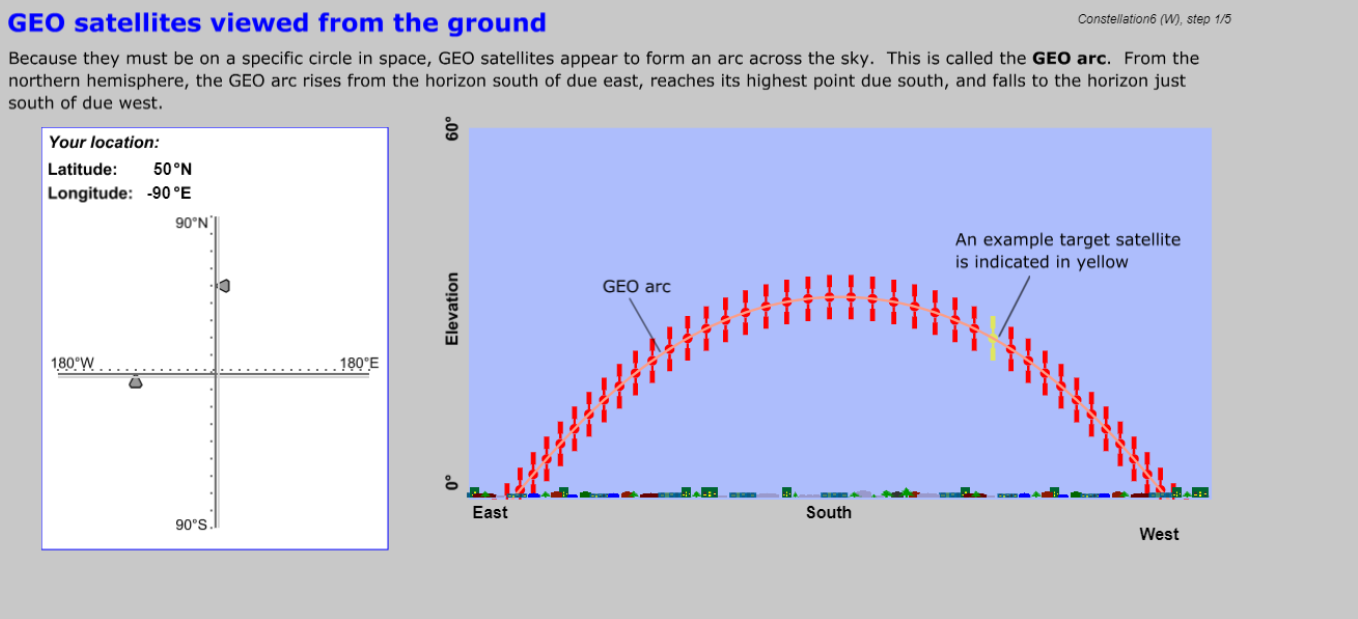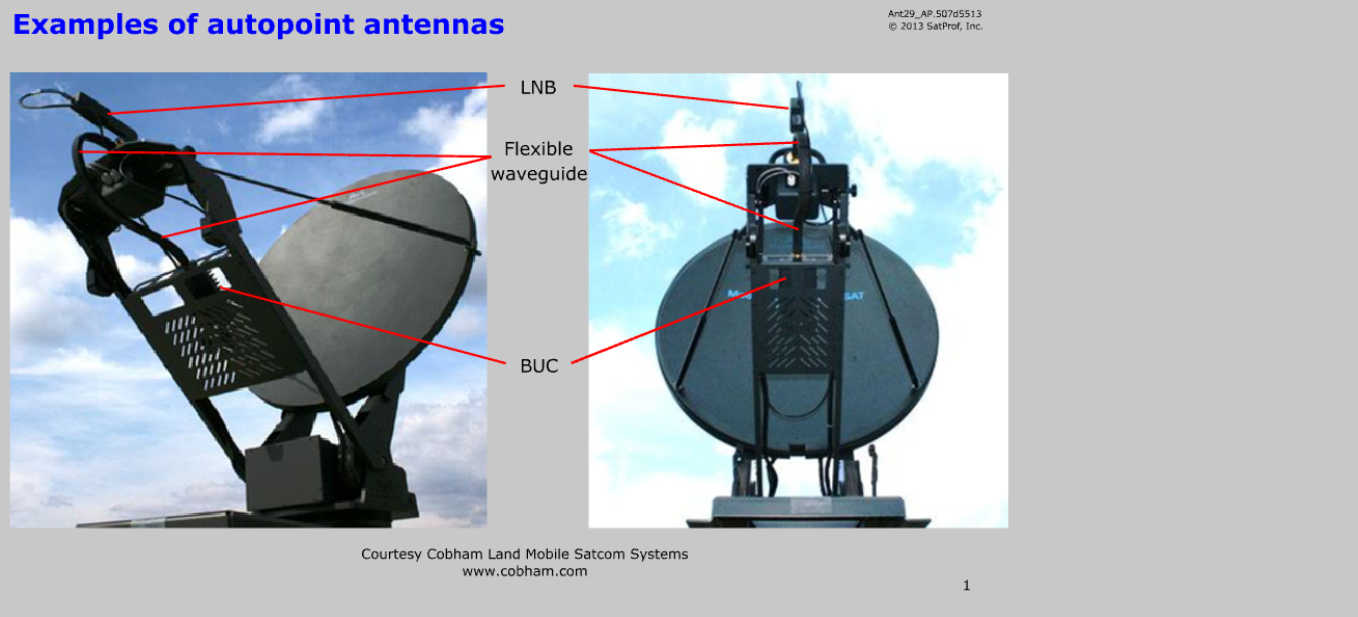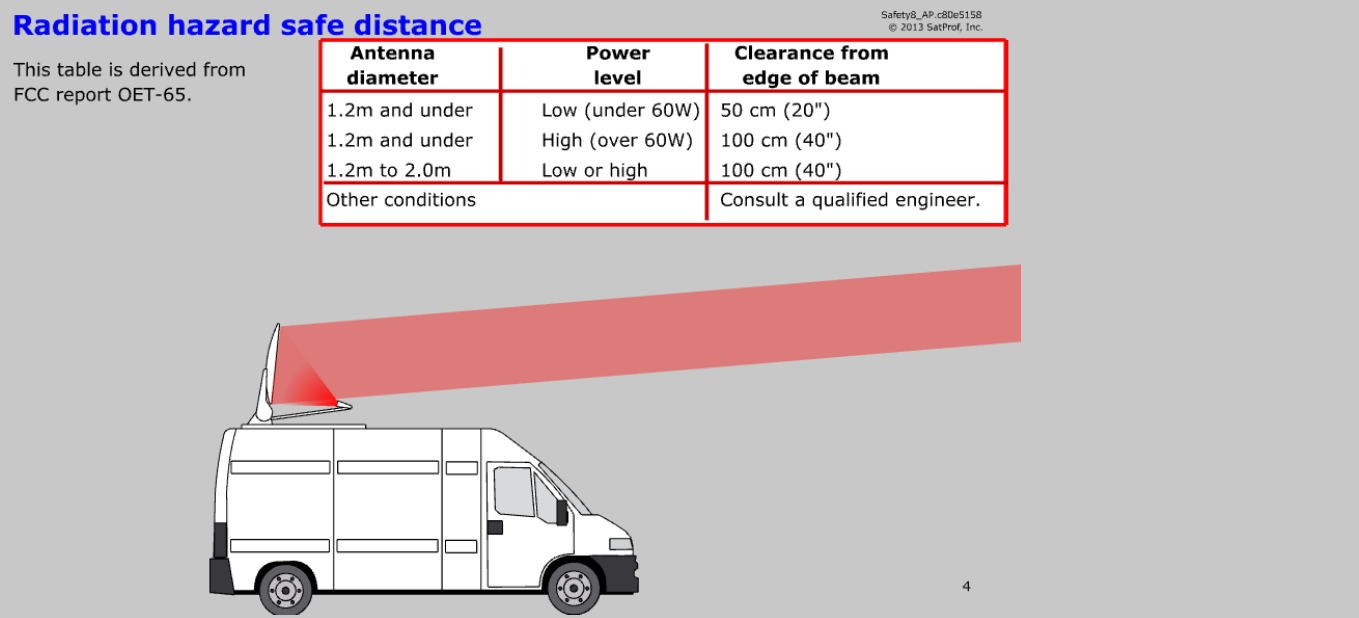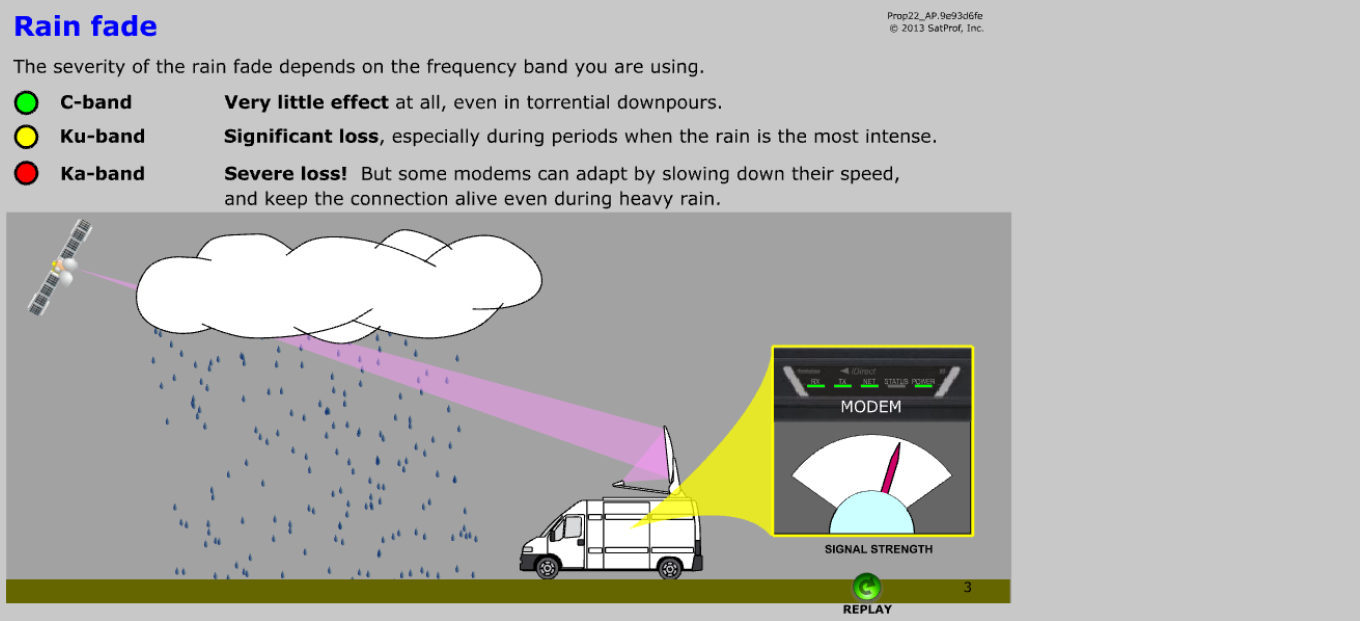Summary
-
Key skills for all operators of auto-point (auto-deploy) satellite terminals.
Description
Fully automatic auto-point (often called auto-deploy) satellite terminals equipped with managed (VSAT) modems enable you to rapidly and easily establish communications. Even if your auto-point/auto-deploy satellite terminal is fully automatic, there are a few critical skills you need beyond simply pressing the green button! In this course you will learn how to use pointing angles (az and el) to decide where your antenna should be placed for a clear view to the satellite. You will also learn basic concepts and troubleshooting, such as the effect of rain, how to check your equipment, the importance of interference prevention, and how to tell if your equipment qualifies as GVF Type Approved.
Prerequisites:
None.
Why get certified?
Certification demonstrates technical competence and documents an ability to adhere to the satellite industry’s best practices. It’s easy for uplink operators to make interference and not even be aware they are doing it; as a profession, all uplinkers must take responsibility for protecting the satellite arc, and the right way to do that is to get trained and certified. The GVF certification exam portfolio is an excellent tool for assessing the skills of new staff candidates, evaluating individual performance capabilities, and identifying voids in skills and knowledge that can be addressed through training. Certification holders are also eligible to be listed in GVF’s online, searchable contact database. The GVF certification series is the only industry certification program that specifically addresses the skills and knowledge that all satellite uplinkers should have.
Exam and certification:
This course is part of a training sequence tailored for broadcaster certification examinations implemented and hosted by GVF. When you have completed this course, you will be ready to attempt the knowledge tests and simulator skills tests in the Basic AutoPoint Operator (BAPO) exam.Note: The BAPO exam is given online on the GVF learning system, but it is not included in the GVF 530 course itself. You must enroll in certification exams separately, or join the GVF Training Membership, which includes this course and the BAPO exam.
Delivery:
Animated & interactive HTML5, self-paced, on-line format. Requirements: internet access while studying the course material (high speed preferred ); current browser with JavaScript enabled; permission to access SatProf server and learning system websites; mouse.Lessons
- Course introduction.
- Orbits and pointing angles, including geostationary orbits, orbits view from the ground, satellite positions, orbit slots, footprints, latitude and longitude, azimuth and elevation.
- Auto-pointing antennas, including parts of an auto-point terminal, the auto-deploy mechanism, automatic acquisition, and modem lock indicators.
- Choosing your site, including site selection rules, blockage, determining pointing angles, estimating azimuth, compass limitations, magnetic and true azimuth, tools for estimating elevation, using an angle finder, checking a site for clearance, and practice with a 3-D simulator.
- Interference, including sources of interference, vehicle suspensions and mis-pointing, wind gusts, polarization alignment and cross-pol interference, the important of type approval on required operator skills, licensing issues, cable rebroadcast and leakage, antenna damage, and the effect of receive antennas on the interference environment.
- Safety Concepts, including trip hazards, radiation, electrical power grounding, overhead wires, and stowing.
- Troubleshooting, including rain fade, water, ice, and snow on the antenna, edge of footprint problems, maintenance principles, and working with a Satellite Access Center.




